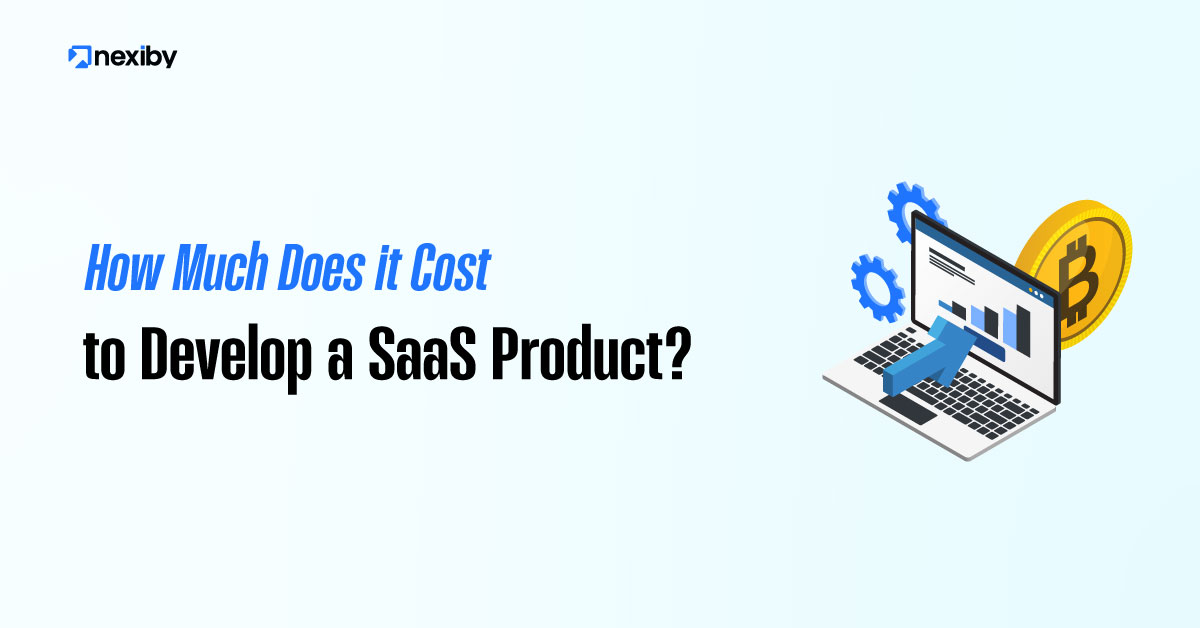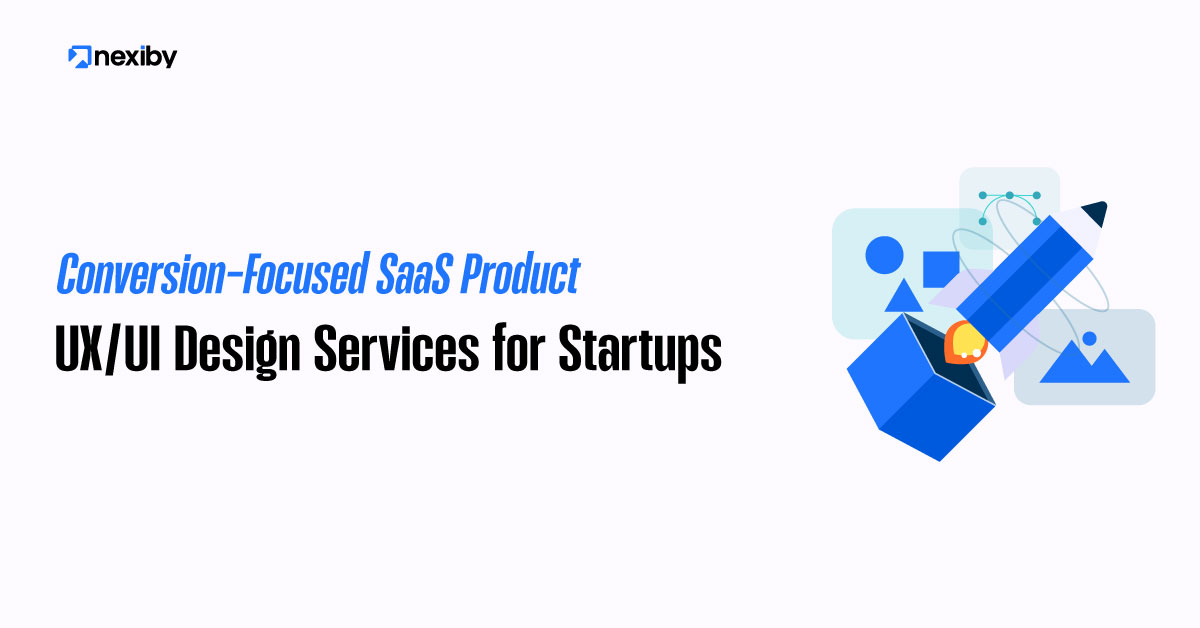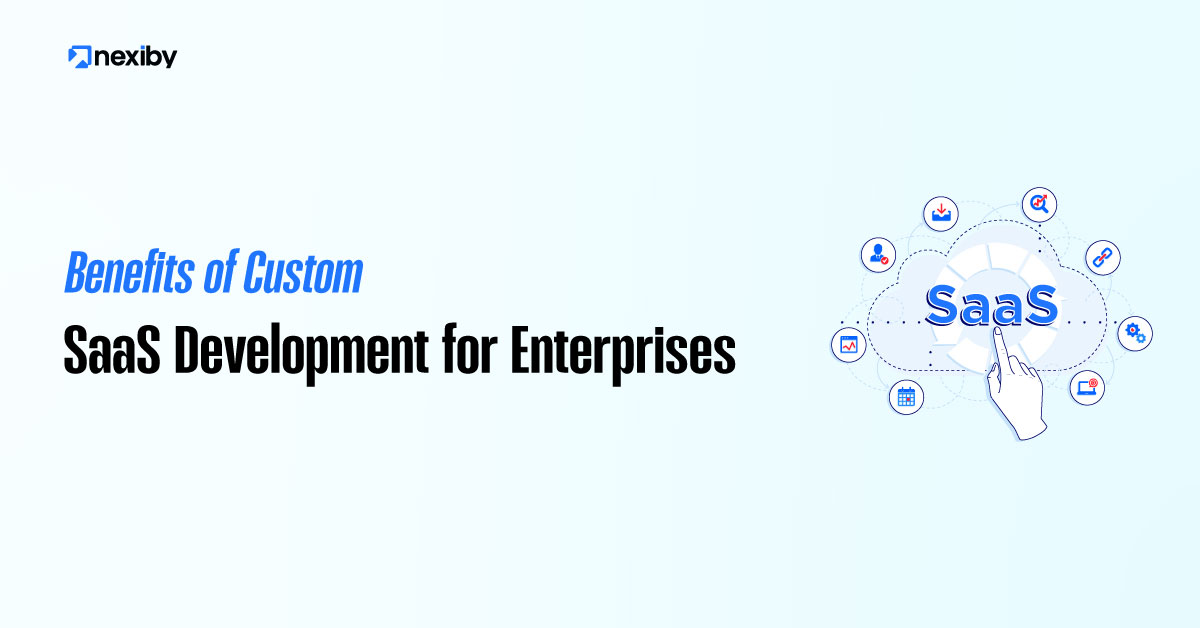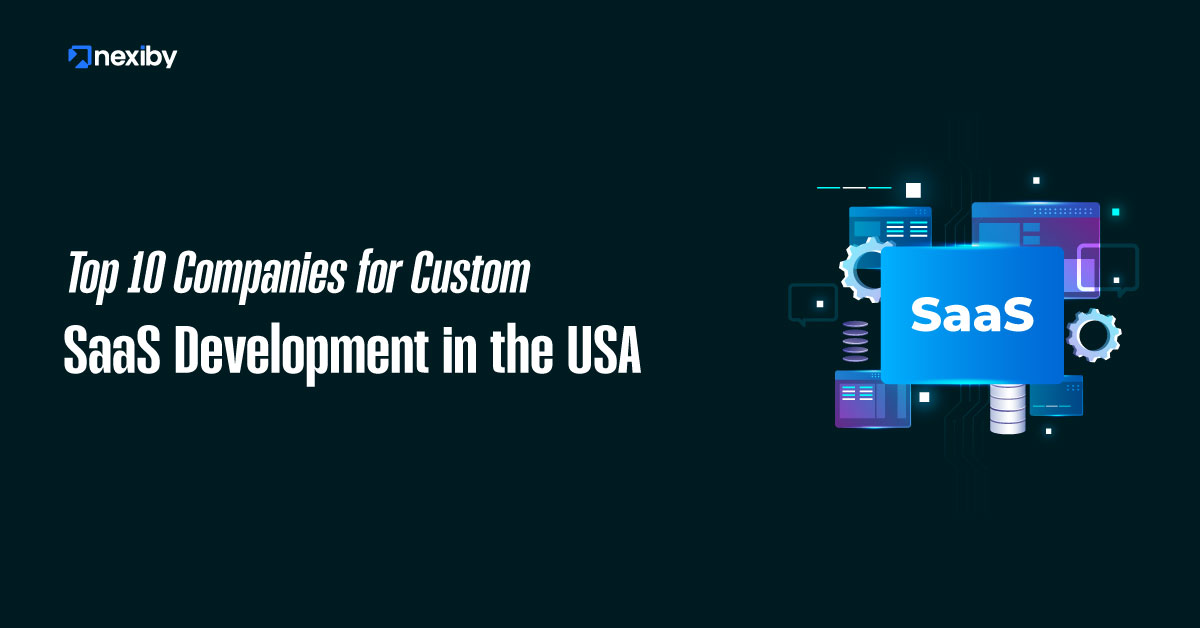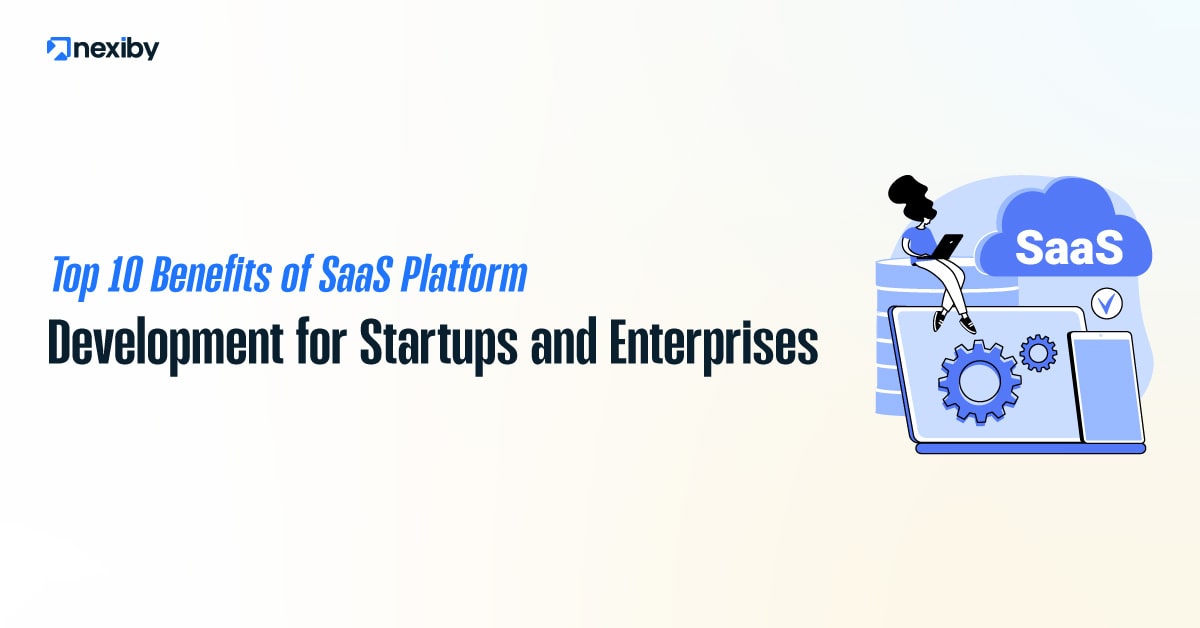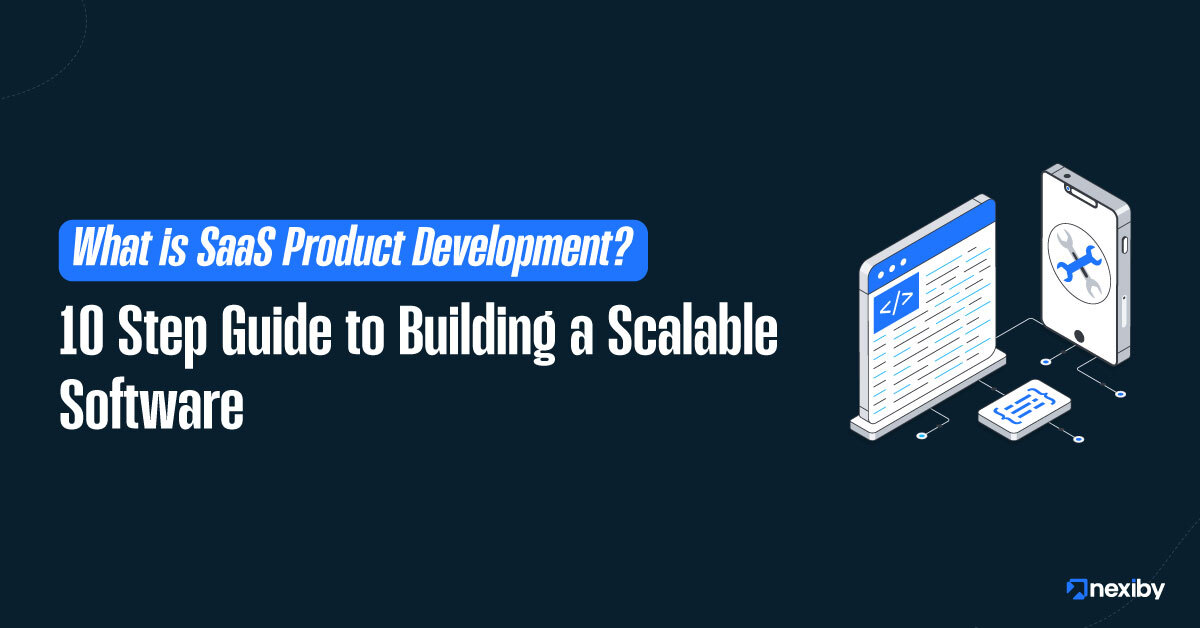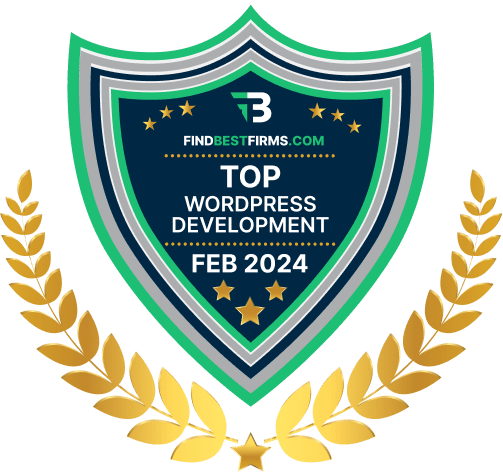The Cost of SaaS Product Development can feel confusing. Founders ask one key question. How much does it cost to develop a SaaS product? The short answer is this. It depends on scope, team, and cloud choices. The long answer gives you numbers and levers.
This guide breaks costs by stage, feature, and stack. It shows how to plan, reduce waste, and scale smart for SaaS product development. It keeps things simple and clear, and you will leave with a plan you can use today.
Reasons for the Cost of SaaS Product Development

Here are the reasons for the costs of SaaS product development:
Scope and complexity
- The Cost of SaaS product development begins with scope.
- More features mean more time. More time means higher spend.
- Feature complexity also matters.
- Real-time chat is harder than simple forms. Analytics is harder than plain CRUD.
Platform and stack
- Your platform choices shape the bill.
- Web only costs less than web plus mobile.
- A React app with a Node backend is common. You might choose Python or Go.
- Each stack has a talent market and toolset. Both affect your total cost.
Architecture and tenancy
- Architecture affects the Cost of SaaS Product Development too.
- Multi-tenancy saves on hosting.
- Single-tenant can raise hosting and ops. It may be needed for strict clients.
- Regulated buyers often want hard isolation.
- Select the model that best suits your market.
Fast Benchmark Ranges: From MVP to Scale
You need quick, honest bands. These ranges help you set a budget. You should still tailor them to your case. Use them as a starting point.
SaaS MVP development cost by stage
A lean MVP focuses on one core task. It validates demand fast. A simple B2B MVP can land between 25,000 and 90,000. A richer MVP with SSO, billing, and reports can cost between $90,000 and $180,000. Deep integrations, strict security, or mobile can drive higher growth.
These ranges assume a small, focused team. That team ships a usable product in months. Keep the Cost of SaaS Product Development tight by cutting non-core features. Test value early. Add polish later.
Post-MVP and V1.0 cost bands
V1.0 moves past validation. It adds roles, audit logs, and better analytics. It improves UX and performance. Budgets here often reach 180,000 to 450,000. Highly regulated or complex domains can go beyond that range. Keep scope aligned with a clear product roadmap. That keeps the Cost of SaaS Product Development under control.
Ongoing maintenance and support ranges
After launch, plan monthly costs. Expect 15 percent to 25 percent of the build cost per year. This covers bug fixes, updates, and minor features. It also pays for cloud, monitoring, and support. This line item is part of the Cost of SaaS Product Development, which is included in several plans. You will sleep better when you do.
Cost Breakdown for SaaS Product Development
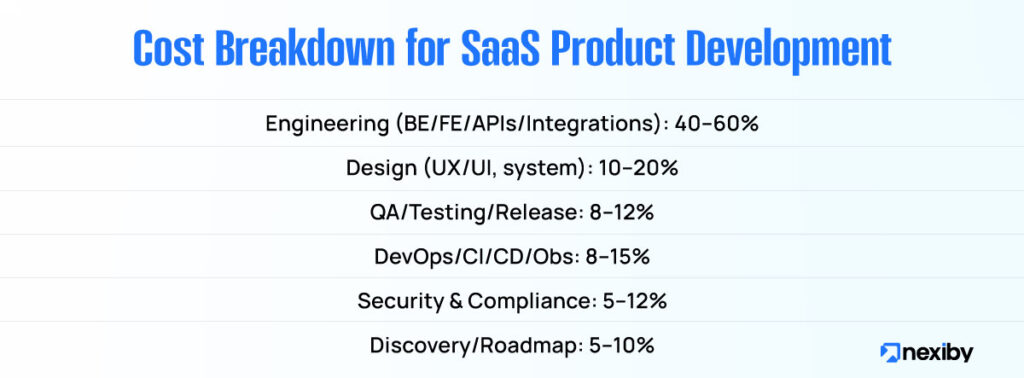
A good breakdown makes spending visible. It cuts surprises and stress. Use these buckets with care when planning.
Discovery and product roadmap
Discovery aligns the team. It confirms target users and key pains. It defines success and risks. Workshops, interviews, and a roadmap help. This step may cost 5 percent to 10 percent of the total. It lowers risk and waste. It also shapes the Cost of SaaS Product Development from day one.
UX and UI design
Design turns ideas into screens. Wireframes become clickable flows. A design system saves time later. Expect 10% to 20% of the budget to be allocated for this purpose. Complex flows and multiple roles drive this higher. Good design shortens dev time. It also boosts adoption.
Backend, frontend, APIs, and integrations
Engineering is often the largest slice. It includes backend, frontend, and APIs. It also covers third-party integrations. Payments, email, CRM, and auth are common. This can reach 40 percent to 60 percent of the Cost of SaaS Product Development. Clear acceptance criteria reduce rework. Strong code reviews keep quality high.
QA, testing, and release
Testing protects your users and brand. It spans unit, integration, and end-to-end tests. Performance tests matter for growth. Plan 8 percent to 12 percent for this area. A steady test setup cuts future costs. It improves speed and trust.
Security, compliance, and data protection
Security is not optional. You need secure storage, access control, and safe code. Compliance like SOC 2, HIPAA, or GDPR adds tasks. Budget 5% to 12% here. Regulated sectors need more. This part shapes the Cost of SaaS Product Development for enterprise deals.
DevOps, CI/CD, and observability
DevOps keeps shipping smoothly. CI/CD cuts manual work and errors. Logging and monitoring find issues fast. Plan 8 percent to 15 percent for this work. It lowers your long-term costs. It also shrinks downtime. Investors love this discipline.
Cloud Infrastructure Costs: AWS, Azure, and Google Cloud
Cloud spend is a big lever. You pay for compute, storage, database, and bandwidth. You also pay for CDNs, security, and queues. You can start small and grow with usage. Good choices protect the margin as you scale.
Compute, storage, database, and bandwidth
Compute hosts for your app. Storage and databases hold data. Bandwidth moves data out to users. Outbound data can cost more than you think. Factor that into the Cost of SaaS Product Development now. Caching and CDNs can trim this bill.
AWS hosting and AWS pricing basics
On AWS, EC2 or Fargate runs containers. Lambda runs serverless code. RDS or DynamoDB stores data. S3 stores files. CloudFront speeds delivery. API Gateway and Cognito support APIs and auth. Watch CloudWatch, GuardDuty, and WAF for security. Savings Plans and Reserved Instances cut costs.
Azure pricing and standard SKUs
On Azure, App Service or AKS hosts apps. Functions offers serverless. SQL Database or Cosmos DB stores data. Blob Storage holds files. Front Door and Application Gateway help with delivery. Entra ID manages identity. Monitor and Defender add guardrails. Right-sizing trims the Cost of SaaS Product Development over time.
Google Cloud costs and common services
On Google Cloud, you can use Cloud Run or GKE. Cloud SQL, Firestore, or BigQuery store data. Cloud Storage holds files. Cloud CDN serves assets fast. Identity Platform handles auth. Cloud Armor adds protection. Watch budgets and alerts. Use committed discounts for steady loads.
Serverless vs containers: cost trade-offs
Serverless shines at low traffic and spiky load scenarios. You pay for exact usage. Cold starts and limits can negatively impact certain apps. Containers fit steady or heavy traffic. They need more ops work. They can win on unit cost at scale. Test both for your case. Then lock in the cheaper path.
SaaS Pricing Models for Startups That Support Costs
Great pricing funds growth and cloud. It helps you reach margin goals. Match pricing to value, not effort. Use clear tiers and target personas.
Subscription-based pricing, tiers, and usage
Subscription-based pricing is simple for buyers. Add tiers for features and limits. Many teams blend usage with tiers. Usage can scale revenue with cost. This protects the margin as the user base grows. It also aligns with the Cost of SaaS Product Development.
Per-seat, per-feature, and hybrid
Per-seat is common in B2B. Per-feature fits power modules. Hybrid mixes both. It can capture value across segments. Keep the page clear and simple, test names, anchors, and CTAs, because clean pricing wins trust.
Pricing experiments and freemium tips
Run safe tests. Try free trials with limits. Try freemium for top-of-funnel. Add usage caps and fair upgrade paths. Measure activation and conversion. Kill weak plans fast. Keep CAC and LTV in view.
Hidden Costs in SaaS Development Founders Miss

Some costs hide in the shadows. Shine a light now and avoid pain later.
Compliance, audits, and SOC 2
SOC 2 requires policies, controls, and evidence. HIPAA and GDPR add duties. Pen tests and audits have fees. Tools and time add more. These can impact the Cost of SaaS Product Development in years one and two.
Analytics, logging, and monitoring
You need product analytics and logs. You also need metrics and traces. These tools can grow with traffic. Plan for them early. Set budgets and alerts.
Support tooling and SLAs
Users expect fast help. Set up chat, email, and knowledge base. Define SLAs and on-call. Add status pages for trust. These tools add a monthly cost. They also save churn.
Data egress and third-party fees
Moving data out can get pricey. So can webhooks and heavy exports. Third-party APIs also charge. Watch Stripe, Auth0, and others. Check overage fees and volume tiers. This protects the margin.
Outsourcing vs In-House Development Cost
Team shape drives both speed and spend. Select the model that best suits your stage.
US, nearshore, and offshore rate bands
Rates vary by region and skill. US senior engineers cost more. Nearshore and offshore can lower rates. Additionally, quality and overlap hours are important considerations. Blend a core in-house team with a trusted partner. Keep IP and product sense close.
Dedicated team vs staff augmentation
A dedicated team brings process and speed. Staff aug fills specific gaps. Both can work well. Clear goals and a shared roadmap keep focus. Strong PM and QA protect quality. This keeps the Cost of SaaS Product Development in line.
Quality, speed, and risk trade-offs
Cheap and fast can fail later. Rework costs more than a careful build. Balance speed with tests and docs. Aim for stable velocity. Cut scope, not quality. That is the real savings.
Cost of SaaS Product Development by Feature Set
Feature choices can cost a lot. Here are common modules with tips.
Auth, SSO, and RBAC
Basic email login is cheap. SSO with SAML adds time. RBAC can grow complex fast. Use proven libraries. Consider Cognito, Auth0, or Okta. They raise the monthly cost but save weeks. Strong auth supports enterprise sales.
Payments, billing, and subscriptions
Stripe or Paddle help with plans and invoices. You still need dunning and taxes. Add trials, coupons, and metered billing. Billing work affects the Cost of SaaS Product Development more than most expect. Keep it simple first.
File uploads, CDN, and media
Large files need S3 or Cloud Storage. Use a CDN like CloudFront or Cloud CDN. Add virus scans and signed URLs. Watch egress charges. Thumbnails and video transcode add cost. Cache smart to save.
Reporting, analytics, and dashboards
Basic charts are quick. Custom reports are not. Big data needs ClickHouse or BigQuery. Exports and alerts add work. Think hard about must-have vs nice-to-have. Start simple and grow with demand.
AI features, LLMs, and vector search
AI can delight users. It can also raise costs fast. Plan prompts, tokens, and caching. Store embeddings in a vector DB. Add guardrails and feedback loops, and track value against spend. Keep the AI scope tight at first.
SaaS App Budget Planning and Estimation
A solid plan lowers stress. It keeps the team aligned and honest.
Bottom-up estimates and story points
Break features into stories. Size them with points. Map points to hours. Add buffers for risk. This builds a clear estimate. It shows the Cost of SaaS Product Development by epic and sprint.
Budget buckets and burn charts
Split the budget into build, cloud, tools, and people. Track burn weekly. Compare plan vs actuals. Move funds to what works. Stop what does not.
Setting reserves for scope risk
Scope can creep. People get sick. Tools fail. Set a 10 percent to 20 percent reserve. Use it with care. Report use and outcomes.
Cost Optimization Strategies That Actually Work
Small wins stack into big savings. Focus on the highest-impact levers.
FinOps basics and budget alerts
Tag resources by team and feature. Set budgets and alerts. Review spending each week. Share wins and lessons. Make cost part of the culture.
Rightsizing, savings plans, and autoscaling
Pick the right instance sizes. Turn off idle dev stacks at night. Use Savings Plans or committed use discounts. Set autoscaling with safe limits. These moves protect the Cost of SaaS Product Development as traffic grows.
Architecture choices for lower COGS
Cache reads to cut database load. Batch writes are safe. Use object storage for large files. Offload static assets to a CDN. Keep data close to users. Design for fewer round-trips.
SaaS Scaling Costs: From 1,000 to 100,000 Users
Growth tests your plan and stack. Prepare now to avoid panic later.
Storage growth, caching, and sharding
Data grows with users and features. Plan archive rules. Add a cache like Redis. Shard or partition hot tables. Keep indexes clean. Watch query plans. This keeps cost and speed balanced.
Multi-region, HA, and DR costs
Uptime targets need money. Multi-zone is basic. Multi-region adds latency and spend. Define RPO and RTO. Test failover. Document runbooks. Be clear on trade-offs with buyers.
Observability and SRE maturity
Logs, metrics, and traces cut MTTR. On-call needs tools and time. SRE practices reduce incidents. They also protect revenue. Plan for this as you scale.
Realistic Sample Budgets
Use these samples to frame your plan. Adjust for team rates and scope.
Pre-seed MVP budget
- Discovery and roadmap: 8,000
- Design and prototypes: 15,000
- Backend and frontend: 55,000
- QA and release: 10,000
- Cloud and tools for 6 months: 7,000
- Security and compliance basics: 5,000
Total: 100,000. This plan targets one core job. It supports basic authentication, a dashboard, and a single-key workflow. It keeps the Cost of SaaS Product Development tight and testable.
Seed to V1.0 roadmap budget
- Product and design sprints: 40,000
- Engineering for features and scale: 180,000
- QA automation and performance: 25,000
- DevOps and observability: 25,000
- Compliance and pen test: 20,000
- Cloud and tools for 12 months: 30,000
Total: 320,000. This adds roles, RBAC, billing, and reports. It supports SSO and audit logs. It prepares for sales demos and pilots.
Series A scale-up budget
- Team expansion and refactors: 300,000
- Data platform and analytics: 120,000
- Global CDN, HA, and DR: 80,000
- Security, audit, and training: 50,000
- Cloud and tools for 12 months: 120,000
Total: 670,000. This plan supports multi-region and strict buyers. It sets you up for larger deals. It aligns the Cost of SaaS product development with revenue goals.
Checklist and Calculator Inputs
You can build a quick model with a few inputs. Keep it simple and clear.
Inputs for a simple cost model
- Feature count and complexity score
- Team rates and size
- Timeline in weeks
- Cloud stack and expected users
- Data size and egress needs
- Compliance scope and audit dates
- Third-party tools and volume tiers
Multiply stories by hours and rates. Add 15 percent for QA, 10 percent for DevOps, and 10 percent for management. Add cloud, tools, and a 15 percent reserve. This reflects the actual cost to develop a SaaS product.
Pricing alignment with CAC and LTV
Your price must fund costs and growth. Map unit costs to each tier. Tie limits to real usage. Track gross margin. Watch CAC payback and LTV. Test, learn, and adjust.
Conclusion
The Cost of SaaS Product Development depends on scope, team, and cloud. You can control it easily with clear goals and a strong roadmap. Start lean with a focused MVP. Track spend by bucket and set alerts. Use smart pricing that grows with usage. Optimize cloud with rightsizing and discounts. Prepare for scale with caching, tests, and observability. With this plan, you can build faster, spend wiser, and grow with confidence.
FAQs
What is the average Cost of SaaS Product Development for an MVP?
A simple B2B MVP often lands between 25,000 and 90,000. Richer MVPs can reach 180,000. Scope, team rates, and cloud choices drive the gap.
How do SaaS pricing models impact costs and margin?
Pricing tied to usage protects margin as load grows. Tiered plans also help. They link revenue to the resources users consume.
Which cloud is cheaper for a new SaaS app?
All three clouds can work well. The cheapest path depends on your stack and traffic. Use discounts, budgets, and the right sizes for any cloud.
What hidden costs raise the bill later?
Compliance, logging, and support tools add up. So do data egress and audits. Plan for them early to avoid shocks.
Is outsourcing cheaper than hiring in-house?
It can be for a focused build. Quality and overlap hours matter a lot. A blended model often wins on cost and speed.

